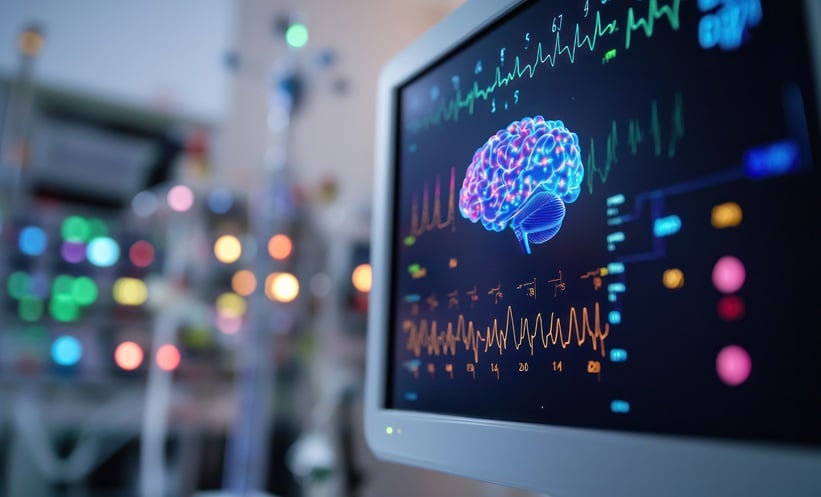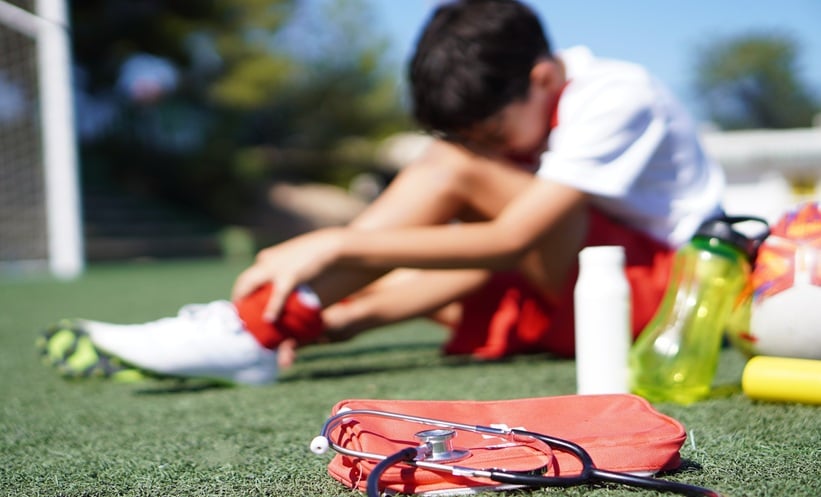Professor Claudia Sommer | University of Würzburg, Würzburg, Germany
Chair of the European Association of Neurology (EAN) Teaching Course Sub-Committee
![]()
You started your career studying medicine, now you are an expert neurologist. What were the reasons that prompted you to specialise in neurology?
I was always fascinated by the nervous system. When I stared studying medicine, my motivation for this was to go into brain research. Later, I learnt that working with patients, trying to decipher their diseases, and finding treatments was a fascinating task. So, I combined my interest in the nervous system with my wish to work with patients, and I became a neurologist and a neuroscientist.
One of your key areas of expertise includes the pathophysiology and treatment of pain. What is it about this field of research that interests you?
When you study pain, you can study the entire nervous system, from the very distal nociceptors in the skin, over the afferent tracts in the spinal cord, and to the pain-processing areas in the brain, also the psychological underpinnings and consequences. Additionally, almost every human being knows pain, it is a very prevalent problem.
You recently co-authored the paper ‘Pain-related evoked potentials in patients with large, mixed, and small fiber neuropathy,’ what were the main findings from this research?
Classical neurophysiology tests the large nerve fibres, the Aβ fibres, and motor neurons. Pain is transmitted by the small unmyelinated C fibres and the thinly myelinated Aδ fibres. Pain-related evoked potentials are a method to evaluate the function of Aδ fibres and their afferent connections. Thus, they are a great tool to find out whether, in any condition, Aδ fibres are affected. Here, we found that in what we clinically consider as a large fibre neuropathy, Aδ fibres were also damaged. We also used this tool in our research on fibromyalgia, a chronic pain condition. The Aδ fibre potentials are greatly affected in this condition, even though fibromyalgia is not usually considered a neurological disease.
As the President of the Deutsche Schmerzgesellschaft e.V. (German Pain Society), could you delineate what your role entails and what the associations main objective is?
The Deutsche Schmerzgesellschaft e.V. is the scientific society in Germany for everyone studying or treating pain, and a Chapter of the International Association for the Study of PAIN (IASP). We are an interdisciplinary association, and our aim is to bring together specialists from all disciplines to improve patient care. For example, we provide information for patients and caregivers, we foster pain research, support young pain researchers and clinicians, work on guidelines, and organise an annual congress and a range of other regular activities to enhance the visibility of the problem of pain in society.
The Deutsche Schmerzgesellschaft e.V. aims to further extend their partnership networks. As the president of the association, could you tell us about plans you have put in motion to achieve this?
We have networks with all related medical-scientific societies in Germany, for example with the German Neurological Society (DGN), the Anesthesiology Society (Deutsche Gesellschaft für Anästhesiologie & Intensivmedizin [DGAI]), and many more. Delegates from the societies form our “Fachbeirat,” i.e., an advisory board that gives counsel to our leadership from the points of view of each speciality. Of course, we network with the patient associations in Germany and across Europe.
What responsibilities does the EAN Teaching Course Sub-Committee have, and how does this fit into the bigger picture of EAN’s goals?
The EAN Teaching Course Sub-Committee has several tasks. One is to plan the teaching courses, and this includes all the different formats at the annual EAN Congress. This is a major endeavour, in particular because we try to harmonise the teaching course content with the core curriculum of the European Board of Neurology (EBN), the knowledge that is required to pass the European Board exam in neurology. However, we are also in charge of the spring schools, autumn schools, EAN days, and other different educational formats that are spread out over the European countries over the course of the year, including the sub-Saharan Africa regional teaching course. Furthermore, we oversee the clinical fellowships and research fellowships.
In your role as Chair of the Teaching Course Sub-Committee of EAN, what is the biggest achievement you wish to accomplish during your term?
During my term, we introduced a number of innovative course formats, such as the interactive sessions, the case-based workshops, and we greatly increased the number of hands-on courses. I am also very proud of our big quiz, the Brain Challenge, in which two teams, one from the host country and one entirely international, compete against each other, and with the audience. What I would like to achieve is that every participant who joins a teaching course finishes it really having learnt something that will help them in their clinical practice or research.
In response to COVID-19, does EAN or the Teaching Course Sub-Committee plan to increase the number of educational programmes available to neurologists?
We are making major efforts to provide all courses that would have been given at the 2020 Congress in Paris, France. This will be an unprecedented wealth of material available online, with up-to-date information for trainees, early career neurologists, and advanced neurologists.
It is hypothesised that the respiratory dysfunction caused by COVID-19 is a result of the neuroinvasive potential of the virus. What are your thoughts on this?
This is a very interesting question. What is particularly interesting is that the early loss of smell might indicate an invasion of the nervous system. With other viruses, such as those that cause a common cold, the loss of smell is caused by nasal congestion and excess nasal secretions, and the sense of smell recovers quickly after recovery from the cold. With COVID-19, hyposmia may even occur in the absence of nasal congestion and might thus be a primary consequence of the virus binding to the olfactory epithelium. We will certainly have to learn more about this.
Has COVID-19 directly or indirectly impacted your research, and what actions have been taken to adapt to the
current situation?
Indeed, with the current restrictions, there is considerable impact on our research. All patient-centred research had to be paused. Also, the laboratory-based research is impacted by the fact that our labs are in the hospital. So, many students and physician researchers had to pause their practical work and are instead studying the literature or analysing their data. Medical student researchers have volunteered in the hospitals and are drawing blood from COVID-19 patients, working as patient guides and at telephone hotlines, or are helping us to set up digital teaching to make up for the loss of face-to-face teaching in this summer term.






